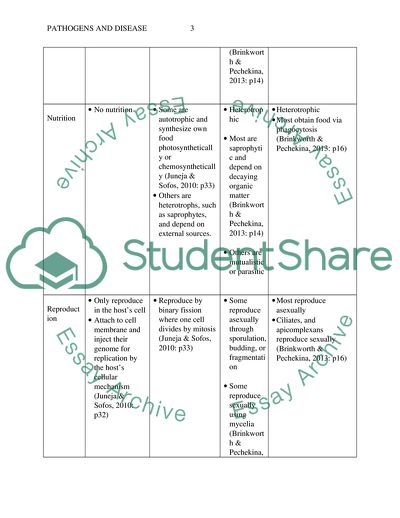Cite this document
(Pathogens and Disease Coursework Example | Topics and Well Written Essays - 2500 words, n.d.)
Pathogens and Disease Coursework Example | Topics and Well Written Essays - 2500 words. https://studentshare.org/biology/1840990-pathogens-and-disease
Pathogens and Disease Coursework Example | Topics and Well Written Essays - 2500 words. https://studentshare.org/biology/1840990-pathogens-and-disease
(Pathogens and Disease Coursework Example | Topics and Well Written Essays - 2500 Words)
Pathogens and Disease Coursework Example | Topics and Well Written Essays - 2500 Words. https://studentshare.org/biology/1840990-pathogens-and-disease.
Pathogens and Disease Coursework Example | Topics and Well Written Essays - 2500 Words. https://studentshare.org/biology/1840990-pathogens-and-disease.
“Pathogens and Disease Coursework Example | Topics and Well Written Essays - 2500 Words”. https://studentshare.org/biology/1840990-pathogens-and-disease.


